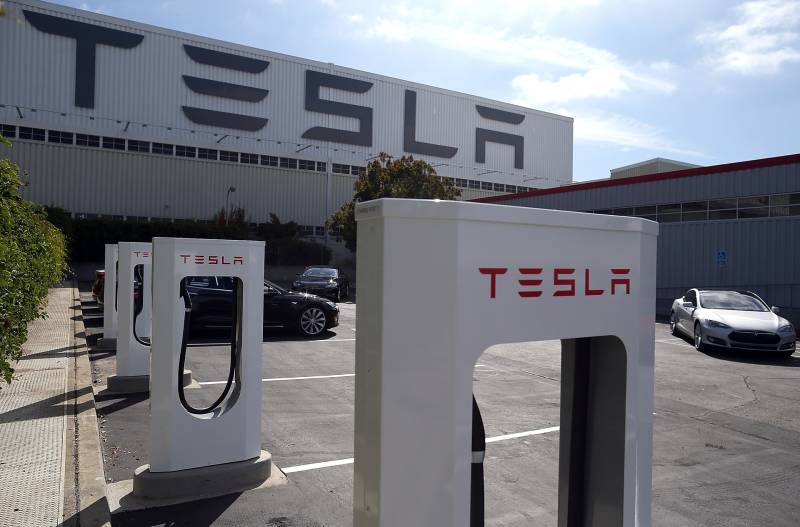According to the air quality district, the releases have stemmed from equipment malfunctions in the Tesla plant’s two paint shops, where the auto bodies and components for the hundreds of thousands of vehicles the facility produces each year are spray-coated.
Most of the malfunctions have involved systems designed to prevent the release of pollutants from the paint shops. The air district’s complaint also notes that releases sometimes occur even when the anti-pollution systems are operating normally.
Failures anywhere in the factory’s production line, “such as vehicles crashing into one another when they are not properly overseen by Tesla staff,” can result in an automatic shutdown of the pollution-abatement systems “even if the abatement equipment is still working properly,” according to the complaint.
The air agency’s order gives Tesla a maximum of about 15 months to retain an engineering firm and devise a process to stop all toxic emissions from the paint shops except in emergencies when releases may be unavoidable. Once the air district signs off on the plan, the company will have six more months to implement it.
Tesla did not immediately respond to a request for comment on the order.
The air district’s case is the second major pollution action against the automaker this year.
In February, district attorneys in 25 California counties sued the company for mishandling hazardous waste at dozens of facilities across the state, including the Fremont plant.
The lawsuit filed in San Joaquin County said Tesla improperly discarded toxic materials — including batteries, fuel and paint — in Dumpsters or at landfills not permitted to accept hazardous waste.
The company settled that case for $1.5 million.

